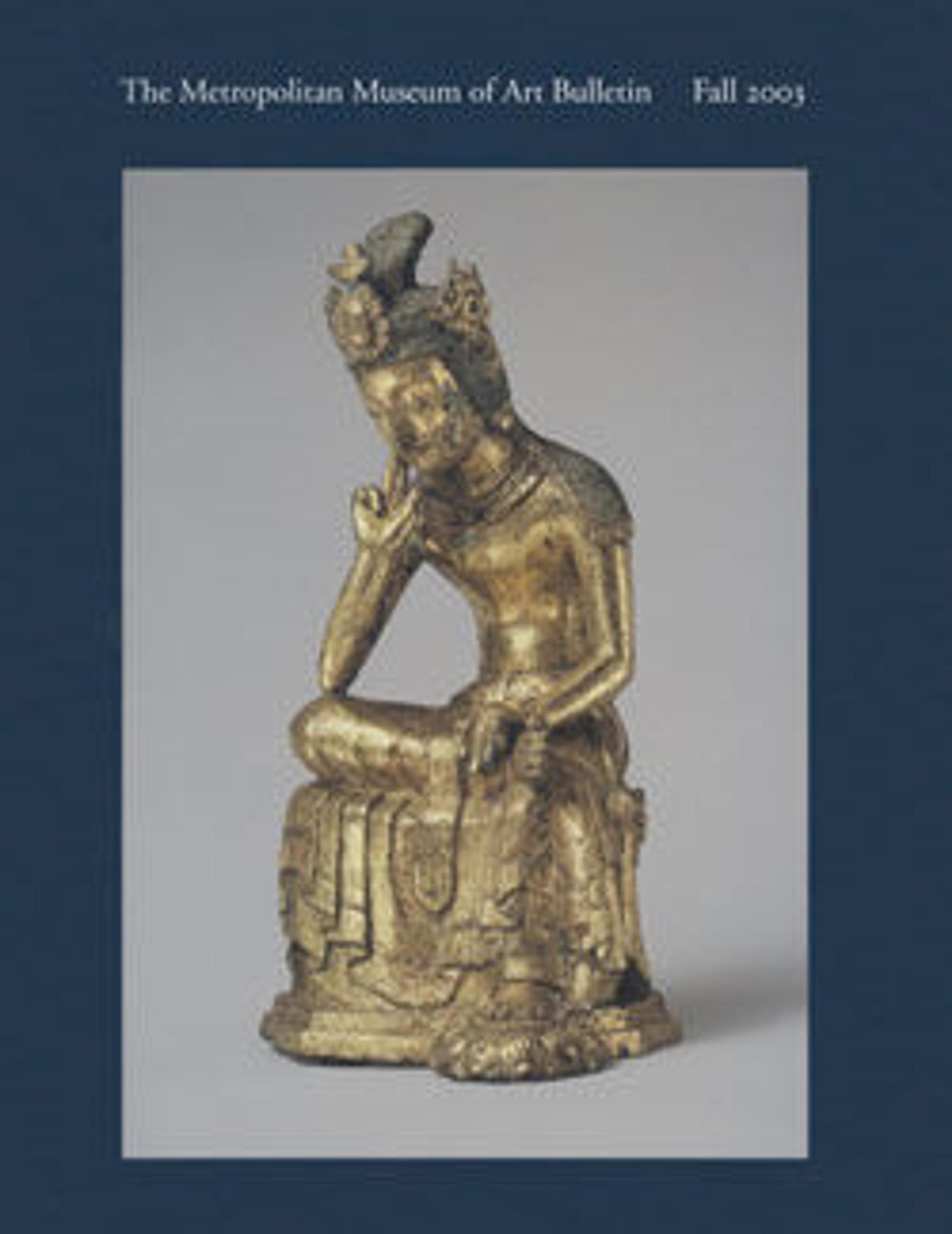The Deliverance of Cybele, an Allegory of the Seasons
Doyen was one of the most promising young artists of the generation that came of age in the last decades before the French Revolution, a period when a vigorous neo-baroque style was gaining ground against the waning popularity of the rococo. His submissions to the biennial Salons held at the Louvre tended to be few in number but ambitious in format and intent, typically accompanied by lengthy textual explanations. This large, painterly Allegory of the Seasons was the first drawing he chose to exhibit.
The goddess Cybele, identified by her turreted crown and lion-drawn chariot, represents Earth, but also fertility and vegetation. In Doyen’s image, she is rendered powerless, beset by the ice and frost of winter. The arrival of Jupiter Pluvius, the god of the rains, with his outstretched arms and flowing hair, signals the return of spring, or "Cybele’s deliverance."
The drawing was commissioned by the duchesse de Choiseul whose husband had been exiled to Chanteloup following the death of his supporter, Madame de Pompadour. It has been suggested that Cybele’s predicament was intended as an allegory for the banishment of the duc de Choiseul, whose wife hoped that his return, like Cybele’s, would be imminent. In fact, Choiseul remained a popular figure in the capital during his exile and did return following Louis XV’s death in 1774.
Perrin Stein, May 2014
The goddess Cybele, identified by her turreted crown and lion-drawn chariot, represents Earth, but also fertility and vegetation. In Doyen’s image, she is rendered powerless, beset by the ice and frost of winter. The arrival of Jupiter Pluvius, the god of the rains, with his outstretched arms and flowing hair, signals the return of spring, or "Cybele’s deliverance."
The drawing was commissioned by the duchesse de Choiseul whose husband had been exiled to Chanteloup following the death of his supporter, Madame de Pompadour. It has been suggested that Cybele’s predicament was intended as an allegory for the banishment of the duc de Choiseul, whose wife hoped that his return, like Cybele’s, would be imminent. In fact, Choiseul remained a popular figure in the capital during his exile and did return following Louis XV’s death in 1774.
Perrin Stein, May 2014
Artwork Details
- Title:The Deliverance of Cybele, an Allegory of the Seasons
- Artist:Gabriel François Doyen (French, Paris 1726–1806 St. Petersburg)
- Date:n.d.
- Medium:Pen and black ink, brush and brown wash, heightened with white gouache, over black chalk
- Dimensions:25 13/16 x 18 1/4 in. (65.6 x 46.4 cm.)
- Classification:Drawings
- Credit Line:Purchase, Van Day Truex Fund and Gift of Lansing Moore, 2002
- Object Number:2002.450
- Curatorial Department: Drawings and Prints
More Artwork
Research Resources
The Met provides unparalleled resources for research and welcomes an international community of students and scholars. The Met's Open Access API is where creators and researchers can connect to the The Met collection. Open Access data and public domain images are available for unrestricted commercial and noncommercial use without permission or fee.
To request images under copyright and other restrictions, please use this Image Request form.
Feedback
We continue to research and examine historical and cultural context for objects in The Met collection. If you have comments or questions about this object record, please contact us using the form below. The Museum looks forward to receiving your comments.
